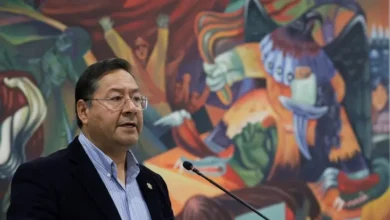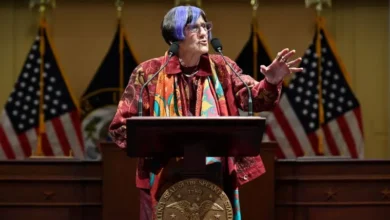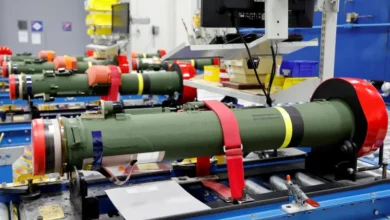Trump’s $200m ballroom: A history of home improvements at the White House

After paving over the Rose Garden and adding gold-filigree decorations to the Oval Office, US President Donald Trump will embark on his most dramatic addition to the White House yet – a new $200m ballroom to be built adjacent to the mansion’s East Wing.Trump, a former real estate developer, has repeatedly promised to build a “beautiful” ballroom at the White House. In 2016, he offered $100m during Barack Obama’s tenure for the project, which the then-president rejected.Trump, a former real estate developer, has repeatedly promised to build a “beautiful” ballroom at the White House. In 2016, he offered $100m during Barack Obama’s tenure for the project, which the then-president rejected.
When and how was the White House constructed?
Construction of the White House began in 1792, based on a design by the Irish-born architect James Hoban. Built by enslaved labourers and European craftsmen, it was first occupied by President John Adams in 1800, though it still wasn’t finished when he moved in.
Enslaved labourers were forced to do physically demanding work on the White House, like quarrying and transporting stone and making bricks. They were typically hired out by their enslavers, who were paid for their labour.
During the War of 1812 (also known as the Second War of Independence), British forces invaded Washington and set fire to the White House in August 1814.
Reconstruction began almost immediately afterwards under President James Madison, again led by Hoban.
President James Monroe moved into the restored building in 1817, and later added the South Portico in 1824. The North Portico followed in 1829 during Andrew Jackson’s presidency, establishing the iconic facade of the White House as it is known today.
Over the course of the 19th century, amendments were made slowly. Running water, gas lighting, and furnishings were gradually added. In 1891, under President Benjamin Harrison, electricity was installed in the White House.
What changes were made to the White House in the 20th century?
President Theodore Roosevelt made one of the most transformative changes to the building in 1902. He removed the old Victorian-style interiors and relocated the presidential offices from the second floor of the residence to a new West Wing.
Roosevelt also expanded the State Dining Room – which could only hold 40 guests – by removing a staircase and increasing the size to a seating capacity of 100.










